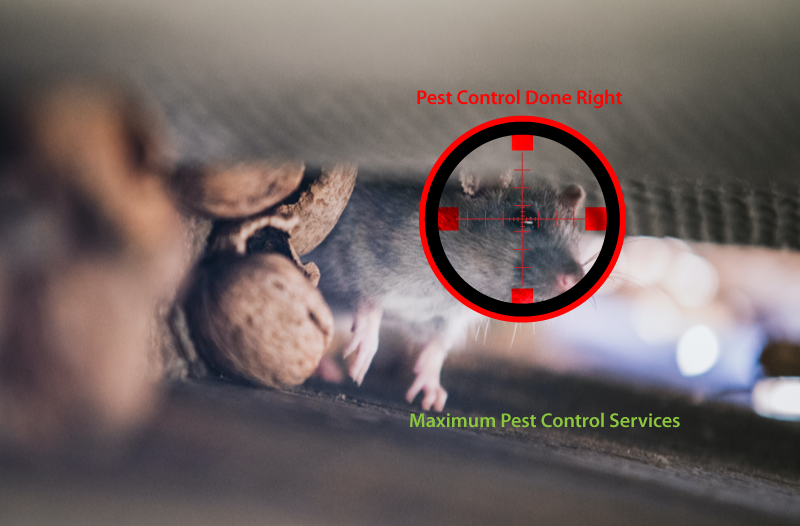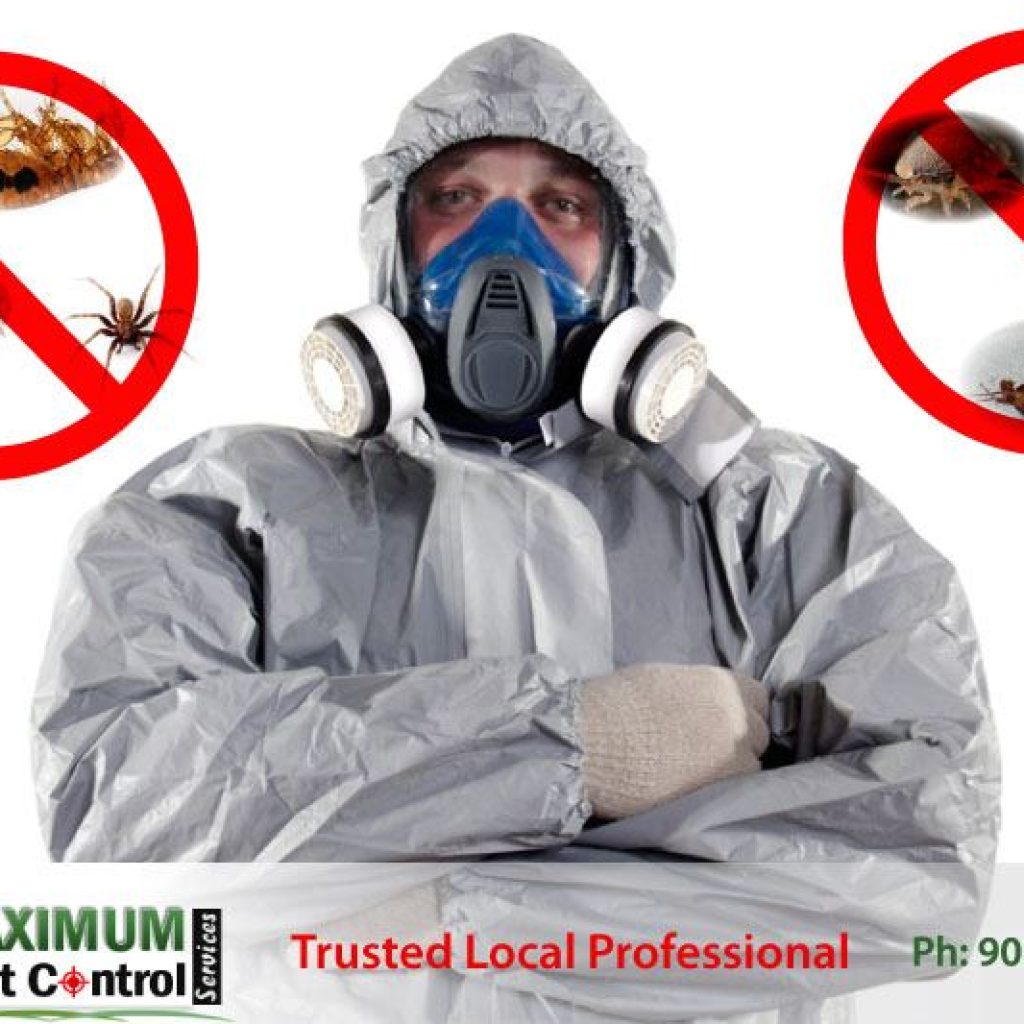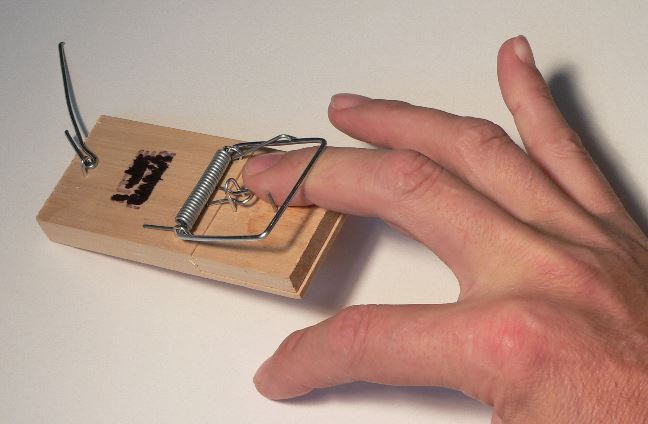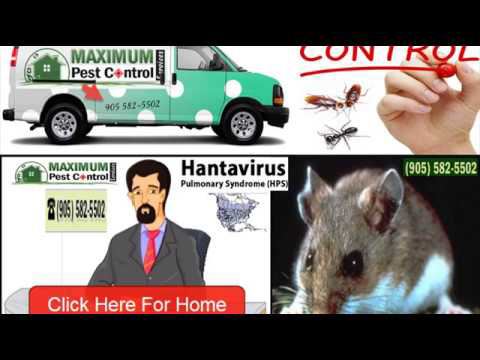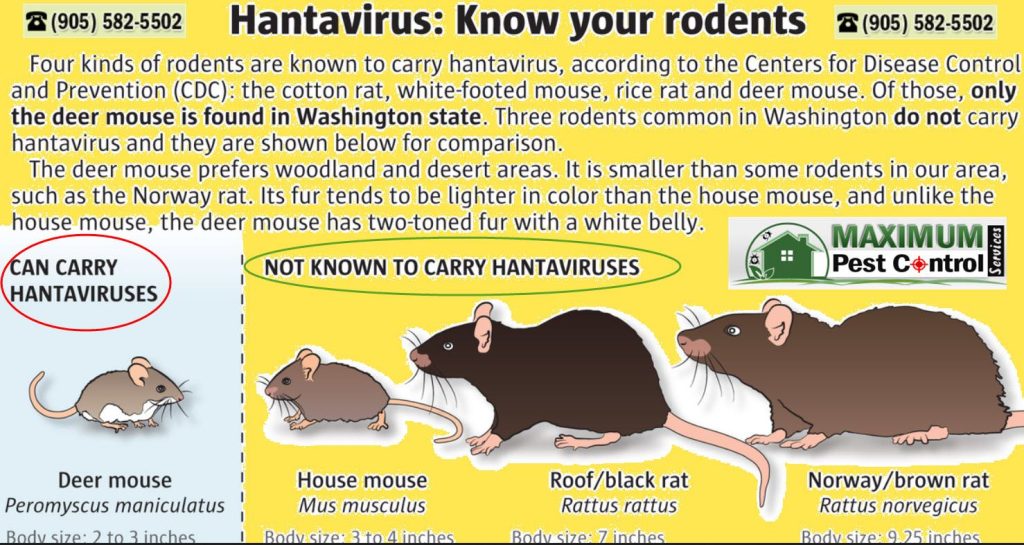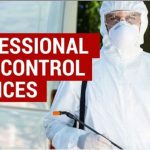
Eradicating Mice Infestations
Mice infestations can be a challenging issue for homeowners and businesses due to the potential damage and health hazards they present. Consequently, many people resort to professional pest control services to handle the problem for them. But what techniques and methods do pest control professionals employ to eradicate mice infestations effectively from your house or business?
This blog post article delves into the various approaches used by pest control companies, such as trapping, baiting, exclusion, and sanitation. Each technique has its benefits and drawbacks, which we will explore in detail so you understand. Additionally, we will provide guidance on preventing future infestations and maintaining a mouse-free environment.
Whether you’re currently experiencing an infestation or seeking to prevent future Occurrences from mice attack, this post will equip you right with the necessary knowledge to keep your property free from rodents. Let’s get started.
Where do Mice come from?
Mus musculus, commonly referred to as mice, are small rodent pests that have plagued human settlements for centuries. Originating from the steppes of Central Asia, mice have successfully spread across the globe through human-mediated trade and migration. These adaptable creatures can survive and reproduce in various environments such as forests, grasslands, and even in urban areas.
Their rapid reproductive rate and multiple litters per year make them a significant challenge for both residential and commercial properties to handle. Although mice have an essential role in their ecosystem, their destructive behavior and potential to spread diseases necessitate effective pest control strategies to apply.
Causes of Mice Infestation
Mice infestation is a recurrent pest management challenge that plagues both residential and commercial properties. The factors that contribute to the prevalence of mice include poor sanitation practices, cluttered and sloppy spaces, and the presence of easily accessible food and water sources around. Structural inadequacies of exterior access for them, such as unsealed holes, gaps, and cracks in the foundation or structure can serve as entry points for mice to infiltrate and breed inside your home easily.
The proximity of buildings to outdoor areas such as parks, gardens, or fields is also a significant factor in the causing infestation. Identifying the root cause of the infestation is crucial in preventing the spread of these rodents. Consistent cleaning, proper storage of food and waste, and sealing of entry points can effectively mitigate the risk of mice infestation.
How Does Pest Control Get Rid of Mice Infestations?
Exclusion
Pest control experts often employ the exclusion technique to eliminate mice infestations. This method entails hiring mice exclusion handyman by sealing all access points that mice may use to enter a building. Exclusion is a crucial step in preventing future infestations as it removes the possibility of mice infiltrating the building.
Pest control exclusion specialists utilize various materials, such as wire mesh or caulking, to seal fissures and gaps in a building’s foundation, walls, and roof. It is essential to detect all potential entry points and close them entirely to ensure that the exclusion process is successful. Exclusion is a green and effective pest control method that is widely used by professionals pest control companies.
Trapping
Trapping is a prevalent technique used by professionals. Different types of traps are available, such as snap traps, live traps, and glue traps, and the choice of trap relies on the severity of the infestation and the preference of the pest control company. Snap traps are the most common type and are efficient at quickly killing the mice.
Live traps are also preferred as they enable the mouse to be captured alive and released outdoors. On the other hand, glue traps are less frequently used due to their inhumane nature and slow death rate for the mice. In conclusion, trapping is a useful method for managing mouse infestations when applied correctly by a trained pest control professional.
Baiting
When dealing with a mouse infestation, pest control exterminators often use a technique known as baiting. This involves strategically placing bait stations throughout the affected area, which contain a toxic substance that is appealing to mice. As the rodents consume the bait, they will eventually perish, which will help to decrease the population. However, it is crucial to note that baiting should only be performed by trained experts, as incorrect placement of the bait stations can cause harm to non-target species or even humans.
Furthermore, baiting should always be accompanied by preventative measures such as sealing entry points and removing food sources to ensure long-term success in eradicating the infestation.
Chemical Control
Chemical control methods are a common approach used by pest control companies to eliminate mice infestations fast. These methods involve the use of specific pesticides designed to target the mice, which are applied in areas where mice dropping are frequently seen. These chemicals work by either directly killing the mice or making them unwell enough to flee the area.
Maximum pest control services experts usually employ a combination of baits, traps, and other techniques to ensure the complete eradication of the mice from the premises. It is vital to note that chemical control methods should only be used by trained professionals to ensure that they are applied safely and effectively. Additionally, it is essential to follow all safety guidelines and precautions when using these chemicals to prevent any potential harm to humans or pets.
Biological Control
Pest control professionals often use biological control methods to address mice infestations. This method involves the use of natural predators or parasites to regulate the mouse population. For instance, some pest control companies may employ feral cats to hunt and kill mice, while others may leverage bacteria and viruses to infect and eradicate the rodents. Other companies will use hawks to kill them.
Biological control is a safe, non-toxic, and environmentally friendly approach to pest control. However, it requires an in-depth understanding of the ecosystem and meticulous planning to ensure that the introduced species do not cause harm to other wildlife or the environment.
Signs of Mice Infestation
Indicators of an infestation may include the presence of mouse droppings; gnaw marks on materials such as wood or plastic, or actual sightings of the rodents. As mice are active during nighttime hours, daylight sightings may suggest a sizable infestation when seen.
In addition, a discernible musty odor may also be evident. It is essential to take prompt action upon noticing any of these signs, as mice can proliferate quickly and inflict substantial harm to the property. Engaging the services of a professional pest control company is advisable to comprehensively and effectively address the issue.
Effects of Mice Infestation
Property Damage
Mice are notorious for gnawing on various materials, including wires, insulation, and structural elements, which can lead to compromised electrical systems, increased risk of fires, and weakened building structures. Moreover, mice can contaminate food and spread diseases, which can be detrimental to human health.
Therefore, prompt action is necessary when mice infestations are suspected to mitigate the damage caused and protect occupants’ well-being. Professional pest control services can offer effective solutions to eliminate mice infestations and implement preventive measures to prevent their recurrence.
Health Hazards
Significant health risks to humans due to the rodents’ potential for transmitting harmful pathogens, such as bacteria, viruses, and diseases, through their feces, urine, and saliva are some of the effects. Their presence may trigger allergic reactions, asthma, and other respiratory problems in susceptible individuals.
Additionally, contamination of food and water sources by mice droppings and urine can lead to food-borne illnesses and other related health issues. Mice can also cause significant structural damage to homes and buildings by gnawing on wires and insulation, increasing the risk of fire hazards. Swift action to address mouse infestations is essential to prevent severe health consequences and maintain a safe and healthy living or working environment.
Food Wastage
Food loses in both commercial and residential buildings are major effects of mice infestations. These pests are notorious for contaminating stored food items, leading to spoilage and unfitness for consumption. The presence of mice in food storage facilities or kitchens can also cause the loss of entire batches of food due to damage from gnawing and contamination by urine or feces.
The financial impact of replacing spoiled or contaminated food can be considerable, negatively affecting a business’s profitability overtime. Therefore, it is crucial to take proactive steps to prevent mice infestations, such as implementing proper storage and sanitation practices to maintain food safety and quality for public.
Environmental Effects
Significant impacts on the environment, ranging from the contamination of food supplies and damage to property to the spread of diseases. When mice establish nests inside a building, they leave behind urine and droppings that can trigger respiratory issues and other health concerns for occupants in time.
More so, mice are known to gnaw through electrical wiring, insulation, and other building materials, leading to costly and time-consuming repairs. In outdoor settings, mice can cause extensive harm to crops, gardens, and natural habitats.
Furthermore, these rodents can attract predators such as snakes and birds of prey, which can disrupt the ecological balance. To mitigate these environmental effects, it is crucial to take prompt measures to control and prevent mice infestations.
Final Words
Eliminating a mice infestation is a task that demands a professional and systematic approach. Pest control companies such as Maximum pest control services employ various methods to eliminate mice, including baiting, trapping, and exclusion. Baiting entails placing poisonous baits at strategic locations where mice are likely to consume them. Trapping allows the capture and removal of individual mice.
Exclusion involves sealing off entry points to stop mice from gaining entry into a structure to live. However, it is important to note that preventing mice from entering in the first place is crucial in preventing a re-infestation. At Maximum Pest control professionals can offer inspection service on identifying and sealing entry points. In conclusion, a professional pest control approach is vital in effectively eliminating mice infestations and preventing future occurrences. Contact Maximum today calling (905) 582-5502 or (905) 330-2102. They are always here to help!


